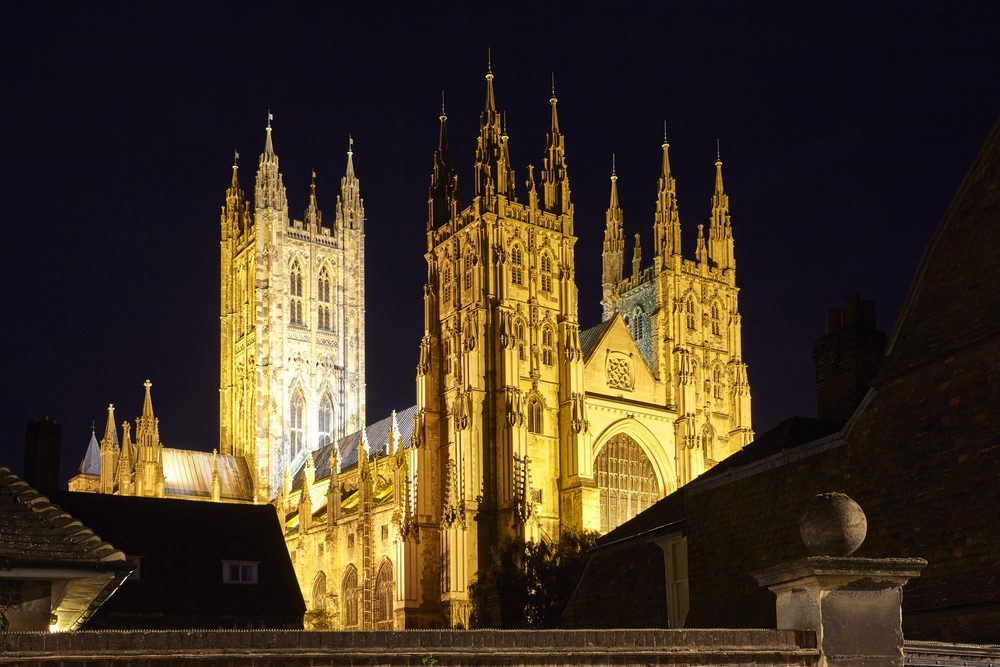Canterbury for the Curious: Martyrs, Miracles and Myths
With its ancient history and famous Cathedral, Canterbury, in Kent, has inspired pilgrimages, myths and stories for centuries.
The post Canterbury for the Curious: Martyrs, Miracles and Myths appeared first on JourneyWoman.

Five curiosities that make Canterbury magical
by Carolyn Ray
When it comes to picturesque British towns and villages, Canterbury, Kent, in southeast England, comes to mind immediately. This small city of less than 70,000 is a popular year-round destination, with museums, gardens, boating, wineries and Kent’s annual Canterbury Festival in October. In December, it’s just as charming and the perfect time to escape the crowds, with Christmas lights displays, the Whitefriars Christmas market, carols at Canterbury Cathedral and garland-covered boutique shops.
Once a Roman settlement, Canterbury has enormous historical importance as the seat of the spiritual head of the Church of England for nearly five centuries. It might be most famous for its grand Christ Church Canterbury Cathedral, where the troublesome Archbishop Thomas Beckett was slain during the reign of Henry II in 1170. Canterbury Cathedral, St Augustine’s Abbey and St Martin’s Church are part of a UNESCO World Heritage Site that is associated with the introduction of Christianity to the Anglo-Saxon kingdoms. However, there is more than meets the eye here, in a city where martyrs, miracles and myths seem to go hand-in-hand.
With its history and lore, Canterbury has inspired many a pilgrimage and story. Perhaps the most famous is The Canterbury Tales, by poet and author Geoffrey Chaucer, known as the ‘father of English literature’. This compilation of 24 stories in Middle English verse is about a group of pilgrims that travel from London to visit the shrine of Thomas Beckett at Canterbury Cathedral. Canterbury is also the setting for Charles Dickens’ novel David Copperfield, which includes no less than 17 Canterbury sites. including the Sun Inn and the Buttermarket Square.
Curiosity #1: The Romans in Canterbury
Canterbury is an ancient city, dating back 2,000 years. Archaeologists have found remains from the Iron Age, when Belgic tribes settled in large round houses near the River Stour. With the arrival of the Romans in 55 BC, Canterbury began to grow and even had one of the largest theatres in Britain in the early third century. (Source: Canterbury Museum)
Surprisingly, Roman ruins were discovered only in the last several decades, in the 1950s. Located on a side street near Canterbury Cathedral, the Canterbury Roman Museum was built around the remains of a large Roman townhouse excavated after the Second World War. Inside the museum are two rare cavalrymen’s swords, a mosaic floor from a house in Butchery Lane, and many artifacts including pottery, bowls, lamps, jewelry, and painted wall plaster.
There were Roman baths on the site of the current Marlowe Arcade, an open forum beneath High Street, and a large theatre at the southern end of St. Margaret’s Street. While Canterbury is walled, this was built in the Middle Ages on the foundations of the Roman walls.
Roman Canterbury was likely abandoned and fell into ruin, but no one really knows why.



